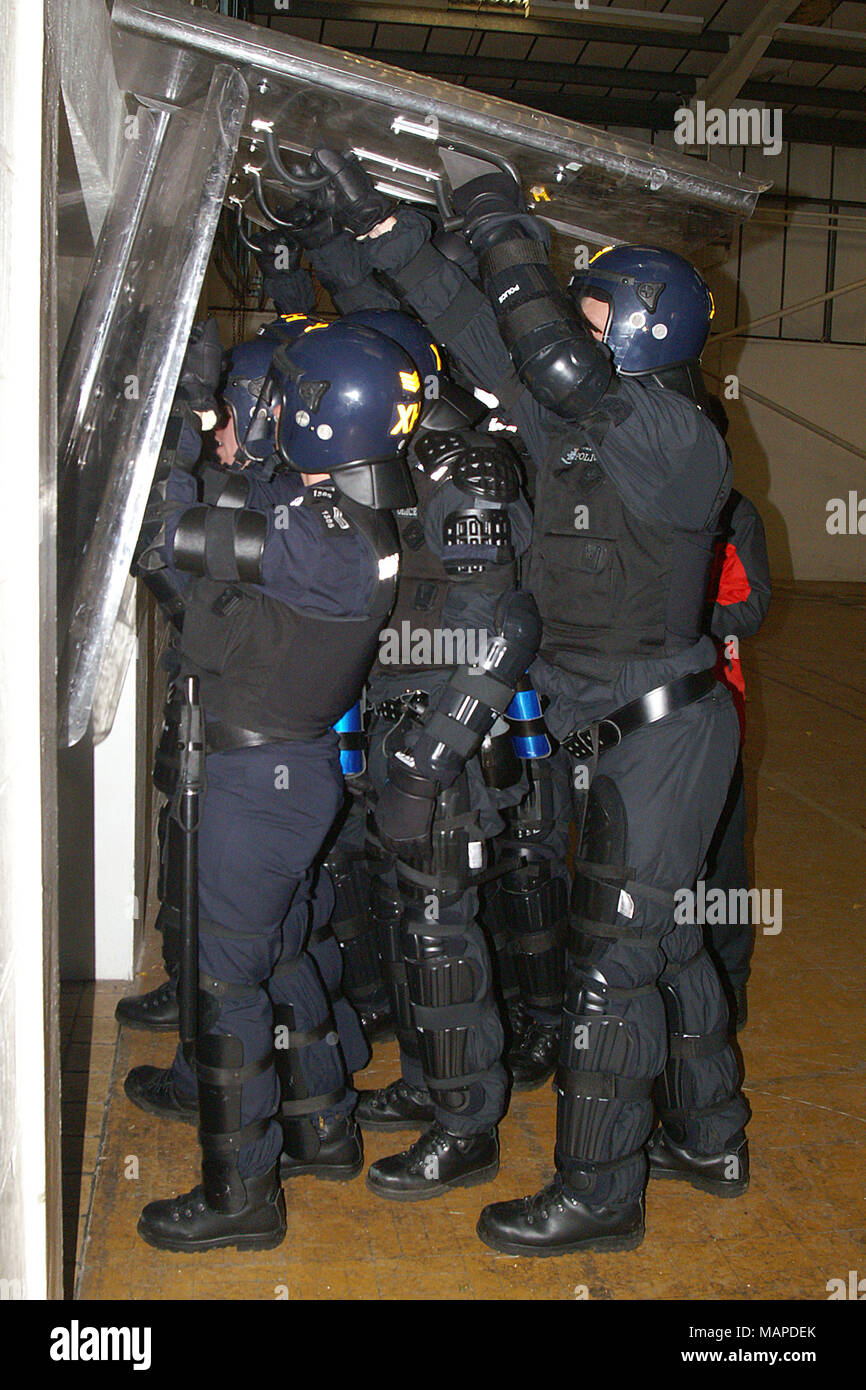
There’s no waypoint function, no way to select all units or switch to them with a simple binding. You then separately choose the stances, weapons, or items they’d use. From there, you’ll have to individually right click on where you need them to go. In order to select one, you’d have to click the various pixel people or their groups on the screen. Your rioters and/or police are split into teams. You’ll realize how clunky everything is laid out. Sadly, all of these fall apart once you start the missions themselves. I cannot fault Menchiari and the IV Productions team for their craftsmanship as these are, perhaps, the most exciting things about Riot: Civil Unrest. There are also short montages introducing each major event and their chapters. The game also wows you with delightful retro pixel art and audio. These are broken down into multiple “days” or chapters that outline how the protests evolved. All four represent the various incidents that transpired in Egypt, Italy, Greece, and Spain respectively.

At the moment there are four - Arab Spring, No TAV, Keratea, and Indignados. I started playing the bite-sized campaigns in Riot: Civil Unrest. The Pozo Soton chapter of the Indignados campaign. Unfortunately, more would arise as I continued to play. When the police tutorial was done, the game miraculously switched to the rioters’ tutorial again! It was a niggling issue given that the obvious error was present from the get-go. Playing as either side will tell you about the public’s opinion on how you handled the demonstrations. As the cops, you’ll be able to switch between various formations, arrest instigators, use smoke grenades to clear out areas, or resort to more brutal and overkill methods. The tutorial then automatically switched to a police operation to clear out a building. That part of the tutorial lasted around a couple of minutes before my units were driven away by police. Rioters need to occupy areas, switching between peaceful and aggressively violent stances, boosting one another’s morale via “choirs” (or chants), calling in the press for sympathetic coverage, and erecting barricades. Still, these do not change the fact that the core mechanics are poorly executed.įor instance, I started with the game’s tutorial which offered only a barebones look at the mechanics. Riot: Civil Unrest is, at first glance, a well-meaning look into the often volatile sparks that happen during these incidents.

I can, no doubt, tell that Menchiari’s heart is in the right place. He decided to capture these factors in a game. Menchiari became curious about inflamed and impassioned emotions in clashes between rioters and police. Riot: Civil Unrest is the brainchild of Leonard Menchiari, a developer who experienced first-hand the tumultuous events that transpired during the No TAV protests in Italy a few years ago. Short introduction scenes depicting Riot: Civil Unrest’s events are its high point.


 0 kommentar(er)
0 kommentar(er)
